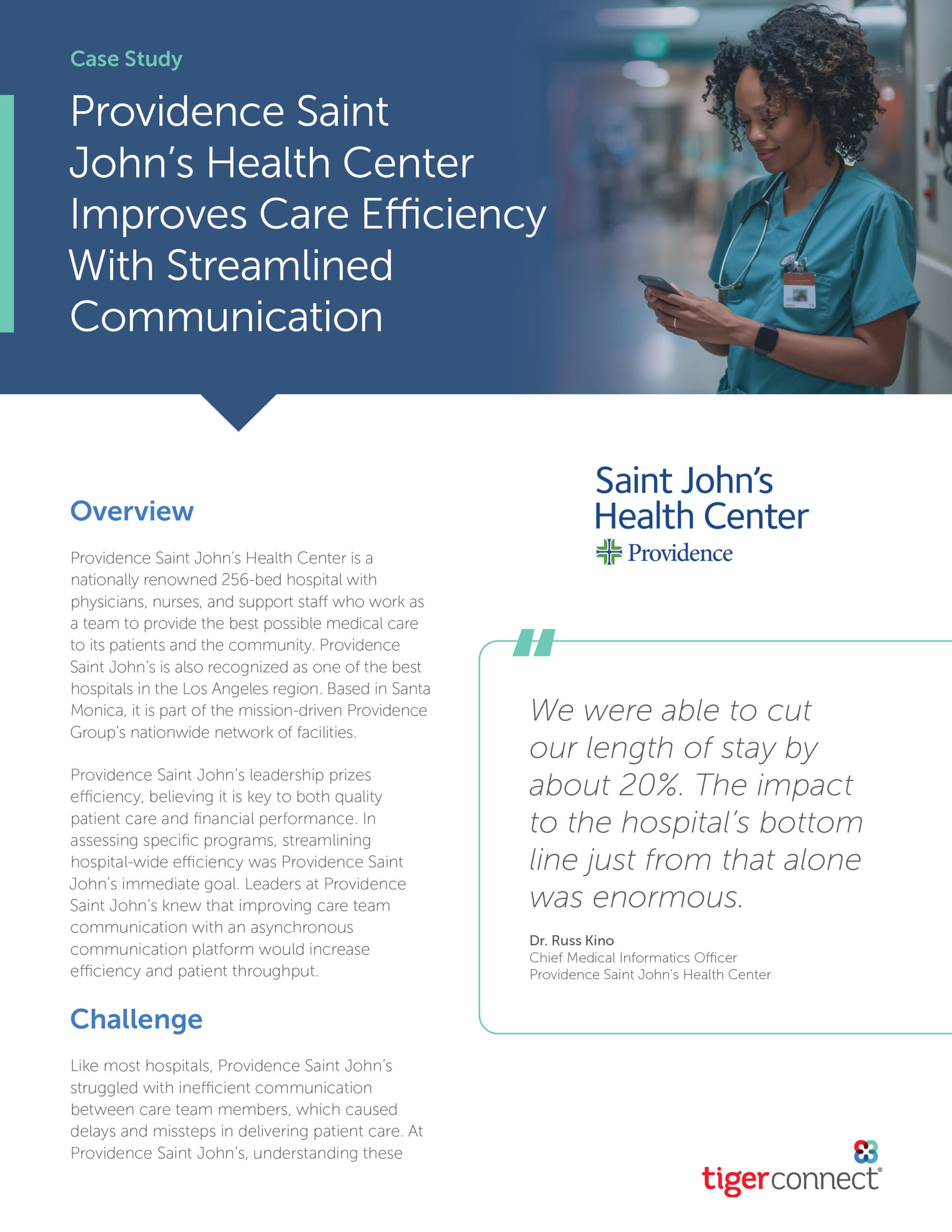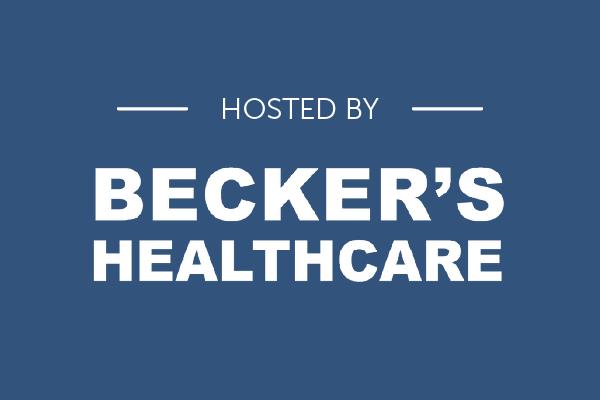
Strategies to Improve Efficiency and Patient Outcomes
Reducing Avoidable Days in Healthcare
The healthcare industry is constantly evolving with new technologies and innovations aimed at improving patient outcomes and experiences. However, the issue of avoidable days remains a significant challenge for hospitals. Avoidable days refer to the unnecessary length of stay for a patient in a hospital due to medical errors, inefficient care delivery, or lack of coordination among healthcare providers. These inefficiencies can be costly and frustrating for both patients and hospitals. To address this challenge, hospitals need to understand the sources of avoidable days and implement processes to reduce them.

Decrease the Time From Discharge Order to Patient Departure
Causes of Avoidable Days
Avoidable days occur when patients who are medically ready for discharge are kept longer than necessary in the hospital. This can be due to poor clinical workflows, inadequate communication between staff members, or delays in care. For example, if clinicians do not communicate regularly or efficiently with other departments, it can result in a lack of timely coordination of resources needed for the patient’s discharge. Additionally, using outdated processes or manual documentation methods increases the likelihood of errors, further prolonging hospital stays.
Financial Impact
Determining the length of hospital stays can be complex, involving factors such as best practices, hospital benchmarks, and the patient’s insurance coverage. For hospitals with tight budgets, prolonged stays can have a massive impact on their bottom line. If a patient stays in the hospital for more days than their insurance provider has approved, the hospital may be denied payment for those extra days. Additionally, avoidable days can result in denials of care for the patient, as insurance providers may refuse to cover additional treatments or procedures not included in the original plan. Each day a patient spends in the hospital costs an average of $3,025 per inpatient day in the United States, which can quickly add up.1 If just 100 days are avoidable within one year, it can equate to a revenue loss of over $302,500. Therefore, hospitals must take steps to reduce avoidable days through better care delivery processes and technology to minimize revenue loss and improve patient outcomes.
Lower Patient Satisfaction
Avoidable days can negatively impact patient satisfaction with their care. Delays caused by inefficient processes or technology issues can lead to denials of care and lower patient satisfaction scores. This can damage a hospital’s reputation and its ability to attract new patients, putting them at risk of further losses if they cannot make up for these deficits.
Increased Administrative Burden
In addition to the financial impact, avoidable days increase the administrative burden on hospitals. Inefficient clinical collaboration and communication can lead to longer lengths of stay for patients, resulting in more administrative tasks for hospital staff.2 For example, if a patient’s stay is extended due to an avoidable day, there will be an increase in follow-up calls and paperwork that need to be completed. These tasks take away valuable time that could be spent providing better care for patients or improving processes within the hospital. The increased administrative burden can also lead to burnout and frustration among healthcare providers, negatively impacting the overall quality of care.3
Streamlining Processes with TigerConnect
With TigerConnect, hospitals can decrease lengths of stay through the use of multi-disciplinary rounds at the point of admission to enable faster discharges. Our solutions make it easier for care teams to instantly communicate with one another—whether via secure message, voice, or video—so they can quickly exchange information and coordinate a patient’s transition out of the hospital. As a result of this improved communication, hospital stays are shortened, discharge processes are expedited, costs are reduced, and patient satisfaction is increased. By ensuring that care teams have access to the most accurate and up-to-date data about a patient’s condition when making decisions on their transition from the hospital, caregivers can be confident that they are providing safe and effective care.
Investing in solutions designed to streamline operations and reduce unnecessary delays can improve the efficiency of your discharge process, potentially reducing the average length of stay by up to 1.4 days.4 Let TigerConnect be your solution for optimized discharge processes that benefit both patients and your clinical team! Check out the Multidisciplinary Rounds Workflow Comparison infographic today to find out how TigerConnect can improve efficiency for your hospital.
- NCH Stats. State-by-state breakdown – average cost of hospital stays in the U.S. 2025. NCH Stats website. Published November 2025. Available at: https://nchstats.com/average-cost-of-hospital-stays-in-us/
- Centers for Medicare & Medicaid Services. Optimizing care delivery: A framework for improving the health care experience. Published July 2025. Available at: https://www.cms.gov/files/document/optimizing-care-delivery-framework.pdf
- Centers for Disease Control and Prevention. CDC’s National Institute for Occupational Safety and Health’s Impact Wellbeing™ campaign releases hospital-tested guide to improve healthcare worker burnout. CDC Newsroom. Published March 2024. Available at: https://www.cdc.gov/media/releases/2024/p0318-Worker-Burnout.html
- Meo N, Paul E, Wilson C, et al. Introducing an electronic tracking tool into daily multidisciplinary discharge rounds on a medicine service: a quality improvement project to reduce length of stay. BMJ Open Quality. 2018;7(3):e000174. doi:10.1136/bmjoq-2017-000174. Available at: https://bmjopenquality.bmj.com/content/bmjqir/7/3/e000174.full.pdf
Learn more about Clinical Collaboration Software Platform, Resident Scheduling Software, Physician Scheduling Software, Alarm ManagementSoftware & Patient Engagement Software.
Featured Resources
Related Articles

Providence Saint John’s Health Center Improves Care Efficiency with Streamlined Communication
Learn how Providence Saint John’s streamlined communication and reduced average length of stay (ALOS) by 20% with TigerConnect.










